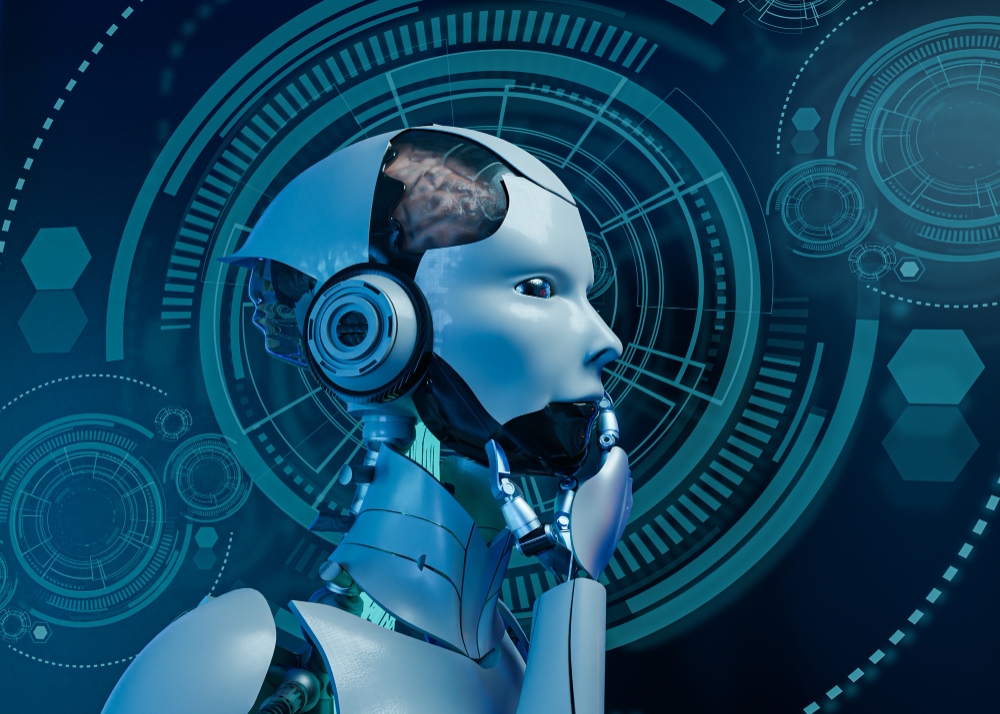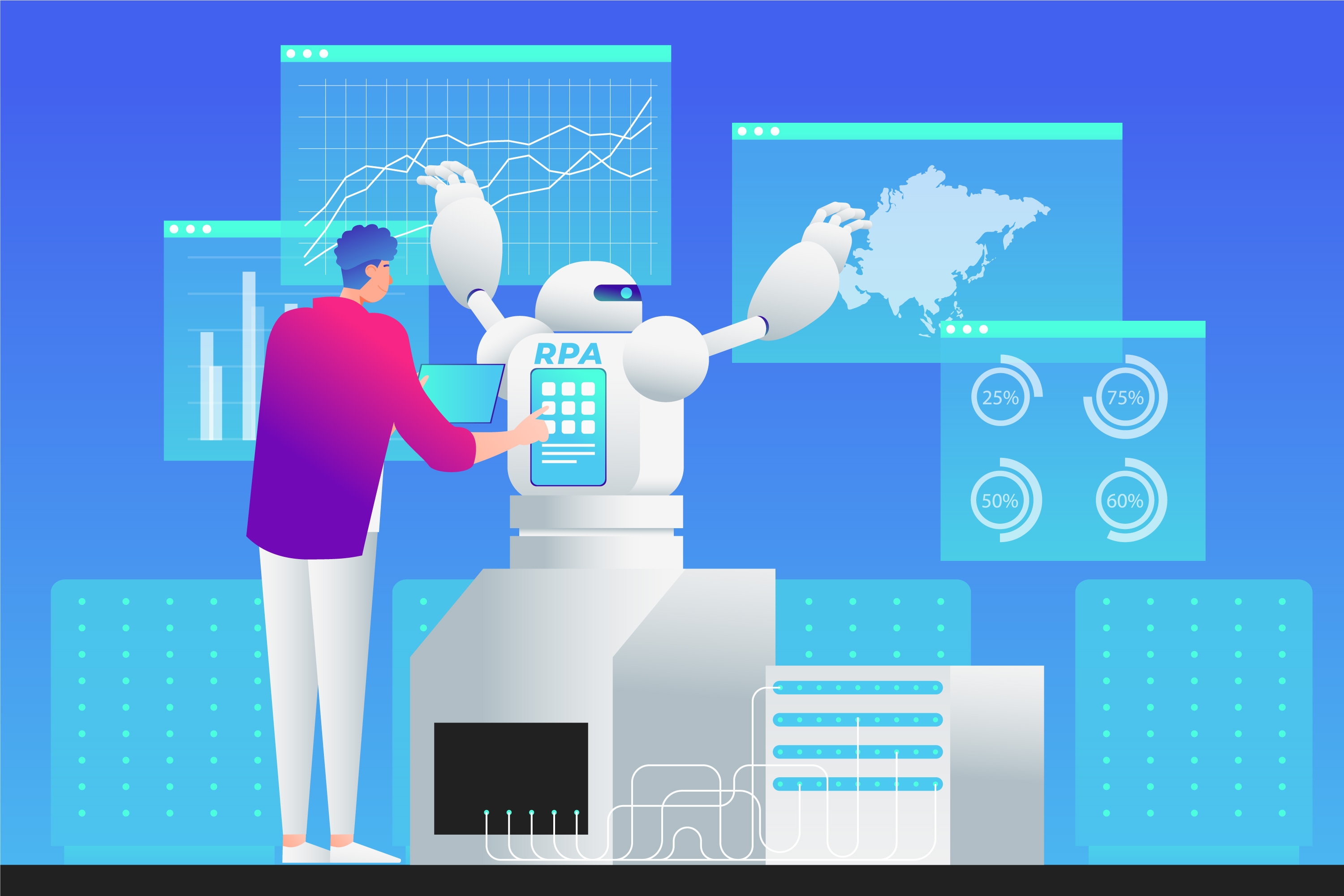Introduction

In a world increasingly driven by digital interaction, the ability for machines to understand and generate human language is transforming how we work, learn, and communicate. At the heart of this transformation are Large Language Models (LLMs)—powerful AI systems trained to process and produce language with stunning fluency.
LLMs are not just tools for conversation—they are engines of automation, education, creativity, and discovery. But how do they work? What enables them to respond so naturally, adapt across tasks, and scale to millions of users?
This article explores the inner mechanics of LLMs, from the raw data that fuels them to the deep learning frameworks that give them life. Along the way, we’ll see how these models are reshaping the future of communication itself.
1. Language as Computation: The Foundation of LLMs
At their core, LLMs are probabilistic models trained to predict the next token (word or subword) in a sequence of text. While this sounds simple, the implications are profound.
By learning these patterns across billions of examples, the model develops an internal representation of:
-
Grammar and syntax
-
Factual knowledge
-
Semantic relationships
-
Stylistic nuance
-
Logical reasoning
The end result is a machine that doesn’t just finish sentences—it generates meaningful responses, adapts to prompts, and even reasons across complex tasks.
2. The Data Pipeline: Feeding the Model’s Mind
LLMs require massive and diverse datasets to learn from. These datasets typically include:
-
Books, newspapers, and academic papers
-
Web forums, blogs, and encyclopedias
-
Open-source code and documentation
-
Instructional data (e.g., questions, summaries, dialogues)
Before training, data is:
-
Cleaned to remove duplicates, noise, and harmful content
-
Tokenized into machine-readable units
-
Filtered and balanced to ensure domain and topic diversity
Quality data is essential—poor data leads to poor performance, while curated data helps the model generalize, understand nuance, and behave more safely.
3. Neural Architecture: The Power of Transformers
The rise of LLMs is largely due to the transformer architecture, a deep learning structure that processes input sequences in parallel and uses self-attention to model relationships between tokens.
Transformers enable:
-
Long-range dependency understanding (e.g., pronouns referencing earlier sentences)
-
Complex reasoning and pattern recognition
-
Scalability to billions or even trillions of parameters
Variants like decoder-only models (e.g., GPT), encoder-decoder models (e.g., T5), and hybrid forms allow different capabilities, such as summarization, translation, or code generation.
4. Training the Model: Turning Data into Intelligence
Training an LLM involves passing tokenized sequences through the transformer and adjusting weights to reduce prediction error.
This process requires:
-
High-performance compute clusters
-
Optimization techniques (Adam optimizer, gradient clipping)
-
Parallelization frameworks (e.g., DeepSpeed, Megatron)
-
Weeks or months of uninterrupted training
As the model improves, it begins to exhibit emergent capabilities such as multilingual fluency, coding knowledge, and basic reasoning—all without being explicitly taught those skills.
5. Instruction Tuning and Alignment
Pretrained models are powerful but untamed. To make them useful and safe, developers apply techniques like:
-
Instruction tuning: Training on prompt-response pairs to help the model follow instructions
-
RLHF (Reinforcement Learning with Human Feedback): Using human rankings to guide output preferences
-
Safety filters: Preventing unsafe, biased, or toxic content generation
These alignment steps make LLMs better assistants—more helpful, polite, focused, and aligned with human values.
6. Evaluation: Measuring Intelligence and Safety
LLMs are evaluated using:
-
Perplexity: Measures how well the model predicts text
-
Benchmarks: Task-specific evaluations (e.g., QA, math, summarization, reasoning)
-
Bias and fairness audits
-
Human evaluation: Scoring output quality, coherence, and safety
These evaluations help researchers detect weaknesses, improve performance, and prepare models for real-world deployment.
7. Deployment: Bringing the Model to the World
LLMs are deployed in many forms:
-
Chatbots and assistants
-
Code generation tools
-
Document summarizers and search engines
-
Knowledge copilots for business and education
Deployment engineering focuses on:
-
Latency and throughput: Ensuring fast, scalable responses
-
Privacy and compliance: Managing data use responsibly
-
Monitoring and feedback loops: Learning from user interactions to improve over time
Models may be hosted in the cloud, optimized for edge devices, or integrated into custom enterprise systems.
8. The Communication Revolution
LLMs are transforming how we:
-
Write (co-authoring tools, grammar correction, tone control)
-
Learn (on-demand tutors, personalized explanations)
-
Work (task automation, research summarization, report drafting)
-
Create (storytelling, ideation, coding, design)
More than just natural language processors, they are communication engines—able to synthesize ideas, bridge knowledge gaps, and amplify human potential.
Conclusion
Large Language Models are more than just text generators—they are complex systems built from data, mathematics, and engineering, designed to understand and communicate in ways that were once purely human.
As they continue to evolve, they promise to reshape not just how we interact with machines, but how we interact with each other—through more accessible, efficient, and intelligent communication.
Understanding the engine behind this transformation helps us navigate the future of AI with clarity, responsibility, and creativity.


